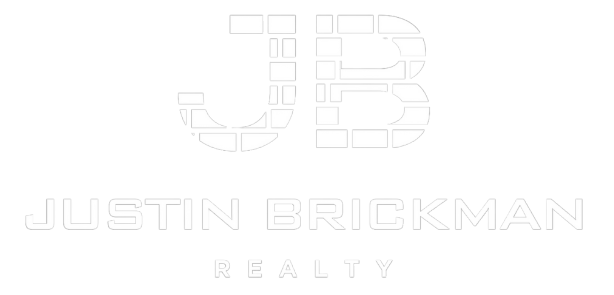6 Steps to Determining your Financial Budget for the Purchase of a Home
Determining your budget for a home purchase involves
several steps, and I’ll guide you through each one.
Step 1: Calculate Your Net Income
Start by calculating your net income, which is your take-home pay after taxes and other deductions. This is the amount of money you have available for expenses, savings, and debt repayment.
Consider using the 50/30/20 rule as a guideline: 50% of your net income goes towards necessary expenses like rent, utilities, and food; 30% towards discretionary spending like entertainment and hobbies; and 20% towards saving and debt repayment.
Step 2: Estimate Your Monthly Expenses
Make a list of your monthly expenses, including:
- Rent or current mortgage payment
- Utilities (electricity, gas, water, internet)
- Food and groceries
- Transportation costs (car payment, insurance, gas, maintenance)
- Insurance (health, life, disability)
- Minimum credit card payments
- Other debt payments (student loans, personal loans)
- Entertainment and leisure activities
Add up these expenses to get a total monthly expense amount.
Step 3: Calculate Your Debt-to-Income Ratio
Calculate your debt-to-income (DTI) ratio by dividing your total monthly debt payments by your net income.
Aim for a DTI ratio of 36% or less. If your ratio is higher, you may want to consider paying off some debts or adjusting your budget before considering a mortgage.
Step 4: Determine Your Mortgage Affordability
Use online mortgage calculators or consult with a lender to estimate how much you can afford to borrow based on your income, credit score, and other factors.
Consider the following factors:
- Your credit score: A good credit score can help you qualify for better interest rates and terms.
- Loan term: A longer loan term means lower monthly payments but more interest paid over the life of the loan.
- Down payment: The more you put down, the lower your monthly payments will be.
Step 5: Calculate Your Total Housing Costs
In addition to your mortgage payment, consider other housing costs:
- Property taxes
- Insurance (homeowners insurance and title insurance)
- Maintenance and repair costs (estimated 1-3% of the home’s value annually)
- Homeowners association (HOA) fees (if applicable)
Step 6: Determine Your Comfortable Monthly Payment
Based on your calculations, determine how much you’re comfortable paying each month. This should include all housing costs mentioned above.
Consider setting aside extra money each month for unexpected expenses or savings.
Budget Breakdown Example
Let’s say your net income is $4,000 per month. Your monthly expenses are:
- Rent: $1,500
- Utilities: $150
- Food and groceries: $800
- Transportation: $500
- Insurance: $200
- Minimum credit card payments: $100
- Other debt payments: $200
- Entertainment and leisure: $500
Your total monthly expenses are $3,450. Your DTI ratio is:
($3,450 / $4,000) x 100% = 86.25%
You may want to consider paying off some debts or adjusting your budget before considering a mortgage.
Assuming you want to spend no more than 36% of your net income on housing costs (DTI ratio), you can afford:
$4,000 x 0.36 = $1,440 per month
As a rough estimate, you could consider homes with a purchase price around $280,000 to $300,000 ($1,440 / 0.0125 = $280,000; $1,440 / 0.01125 = $300,000).
As a real estate agent, I want to emphasize the importance of understanding your financial budget before embarking on the journey of buying a home. By following these six steps, you’ll be able to determine your comfortable monthly payment and find a home that fits your budget. Remember, owning a home is a significant financial commitment, and it’s essential to be prepared.
In today’s market, it’s more important than ever to prioritize your financial stability and security. By calculating your net income, estimating your monthly expenses, and determining your debt-to-income ratio, you’ll be able to make informed decisions about your mortgage and overall financial situation.
Justin Brickman

